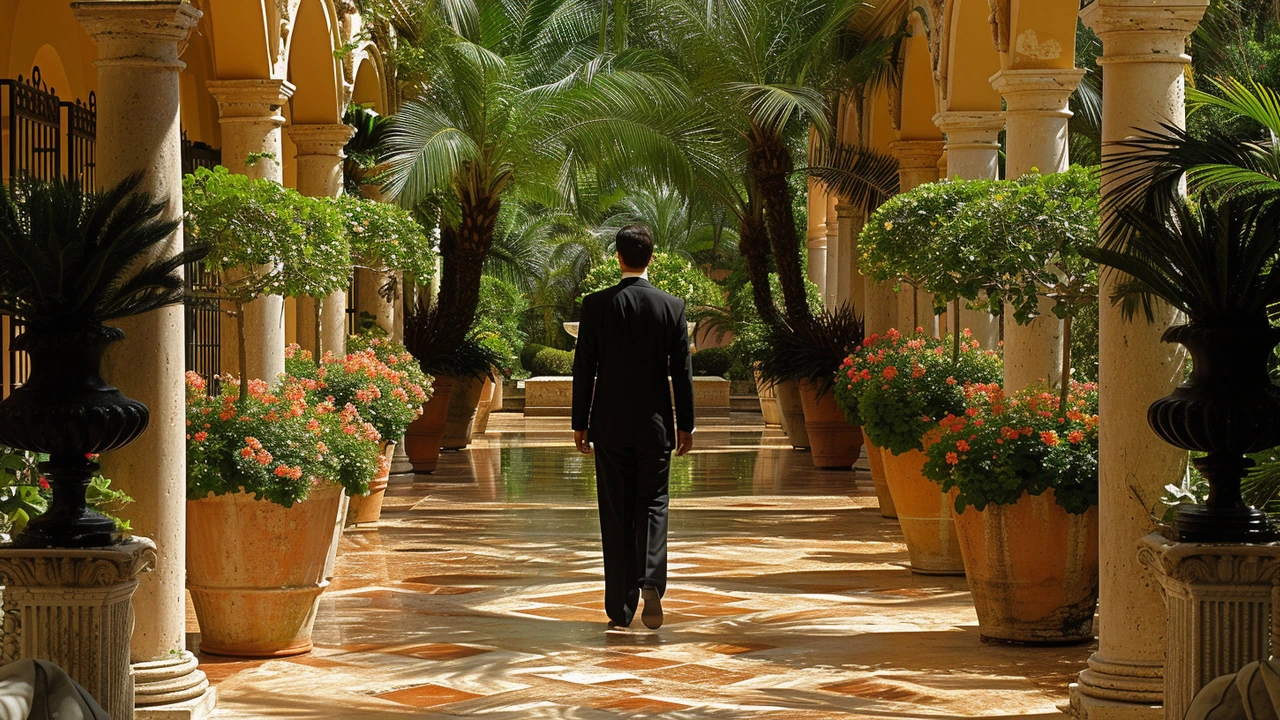Resurgence in Art: Why Old Movements Keep Coming Back
Art loves comebacks. Styles from decades or even centuries ago start showing up again in studios, galleries, and homes — not as copies but as fresh takes that fit modern life. Want to know why this happens and how to spot a real resurgence? Read on.
How to Spot It
Trends return because people want something that feels rooted. When the world feels chaotic, clear forms like Bauhaus or bold drama like Baroque give comfort and impact. Sometimes tech and materials change how a style looks: photorealism got a second wind once artists used new glazing and airbrush methods. Other times social shifts revive interest — the Harlem Renaissance moved back into focus as museums and writers reexamined Black cultural history.
First, look for serious conversations: gallery shows, academic pieces, and new projects that reference the original movement. Second, check how artists update the idea. A resurgence doesn’t mean copying—successful revivals mix the old rules with new concerns, like sustainability or digital tools. Third, see where the style appears. If it shows up in fashion, furniture, public art, and games, it’s more than a niche moment.
Ways to Join
For home decor, pick one clear element from a revived movement — a Baroque mirror, Bauhaus lamp, or an abstract expressionist throw — and pair it with simple pieces so the statement works. If you collect, start with limited prints or smaller works by emerging artists riffing on the movement. For creators, study the movement’s core ideas, then ask which modern problem you can solve with them.
Examples that matter today. Photorealism is back in galleries and online, thanks to artists pushing technique and narrative. Bauhaus ideas keep shaping furniture and apps because they solve real design problems. Baroque details show up in interior trends and film scores, proving dramatic style still moves people. Futurism and constructivist ideas pop up in smart cities and graphic design when speed and tech matter. Even Fluxus and installation art reappear when artists want to blur daily life and performance.
Want to support a resurgence without jumping on a bandwagon? Go to talks and small shows, read recent essays, and follow artists who link past and present in honest ways. Ask questions when a work references history: what did the artist keep, what did they change, and why? And share findings with online groups and local meetups today.
Start learning by following curators and small galleries online, reading museum blogs, and subscribing to newsletters from art schools. Try workshops that teach core techniques—color theory for Baroque drama or perspective for photorealism. Take photos, sketch, and test one idea each month. Small experiments will show whether a revived style fits your taste and practice without overspending on big pieces. Share results with peers.
Resurgence keeps art alive. Old movements give new tools, fresh meanings, and a shortcut to powerful visuals. If you pay attention you’ll spot the patterns early — and maybe help shape the next comeback.

